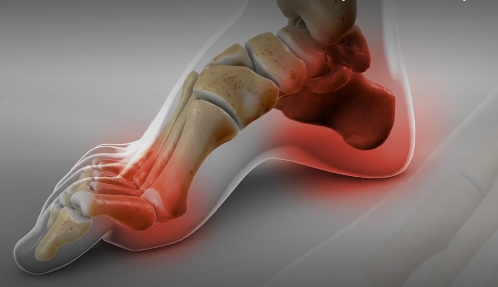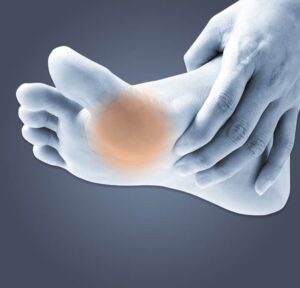Understanding Cavus Foot
May 11 2024
Cavus foot, or high-arched foot, isn’t just about aesthetics – it can lead to pain, instability, and other issues. Learn about the causes, symptoms, and treatment options for this common foot condition in our latest article. #FootHealth #Podiatry
Cavus foot, also known as high-arched foot, is a condition where the arch of the foot is higher than usual. This can cause various issues and discomfort, affecting mobility and overall foot health. Understanding the causes, symptoms, and treatment options for cavus foot is essential for podiatrists and individuals dealing with this condition.
What causes cavus foot?
Cavus foot can be caused by a variety of factors, including genetics, neurological disorders, muscle imbalances, and certain medical conditions. In many cases, cavus foot is inherited and can be present from birth. Neurological conditions such as cerebral palsy, Charcot-Marie-Tooth disease, and stroke can also lead to the development of cavus foot.
Muscle imbalances, where certain muscles in the foot are weaker or tighter than others, can contribute to the development of a high arch. This imbalance can be caused by overuse of certain muscles, improper footwear, or biomechanical abnormalities.
Symptoms of Cavus Foot
The most common symptom of cavus foot is a noticeably high arch. Individuals with cavus foot may also experience pain and discomfort in the foot, ankle or lower leg. This pain can be sharp or achy and may worsen with physical activity or prolonged standing.
Other symptoms of cavus foot can include:
– Difficulty fitting into shoes or wearing out shoes quickly on one side
– Calluses or corns on the ball, side, or heel of the foot
– Ankle instability or frequent ankle sprains
– Claw toes or hammertoes
– Difficulty walking or running
Diagnosis and Treatment
Diagnosing cavus foot typically involves a physical examination by a podiatrist. The podiatrist will assess the structure of the foot, check for muscle weakness or tightness, and evaluate the individual’s gait. X-rays or other imaging tests may be ordered to help determine the underlying cause of high arch.
Treatment for cavus foot depends on the severity of the condition and its underlying cause. In mild cases, conservative measures such as orthotic devices, supportive footwear, and physical therapy may be recommended. Orthotic devices, such as arch supports or custom-made shoe inserts, can help distribute weight more evenly across the foot and provide cushioning and support.
In more severe cases of cavus foot, surgery may be necessary to correct the deformity and improve foot function. Surgical options may include tendon transfers, osteotomies (bone cuts), or fusions to stabilize the foot and correct the alignment.
Preventing Complications
It’s essential for individuals with cavus foot to take steps to prevent complications and maintain foot health. This includes wearing supportive footwear with good arch support and cushioning, avoiding high heels or shoes with narrow toe boxes, and performing regular stretching exercises to maintain flexibility and prevent muscle tightness.
Regular check-ups with a podiatrist are also important for monitoring the condition and addressing any issues that may arise. By taking these preventive measures, individuals with cavus foot can reduce pain and discomfort, improve foot function, and maintain and active lifestyle.
 By understanding the causes, symptoms, and treatment options for cavus foot, podiatrists can effectively diagnose and manage this condition, helping individuals maintain optimal foot health and mobility.
By understanding the causes, symptoms, and treatment options for cavus foot, podiatrists can effectively diagnose and manage this condition, helping individuals maintain optimal foot health and mobility.
If you are suffering from cavus foot, contact Dr. Malani’s office at (239) 430-3668 (FOOT) or visit www.NaplesPodiatrist.com to schedule an examination.



 Fax: (239) 692-9436
Fax: (239) 692-9436 Tel: 239-430-3668
Tel: 239-430-3668


